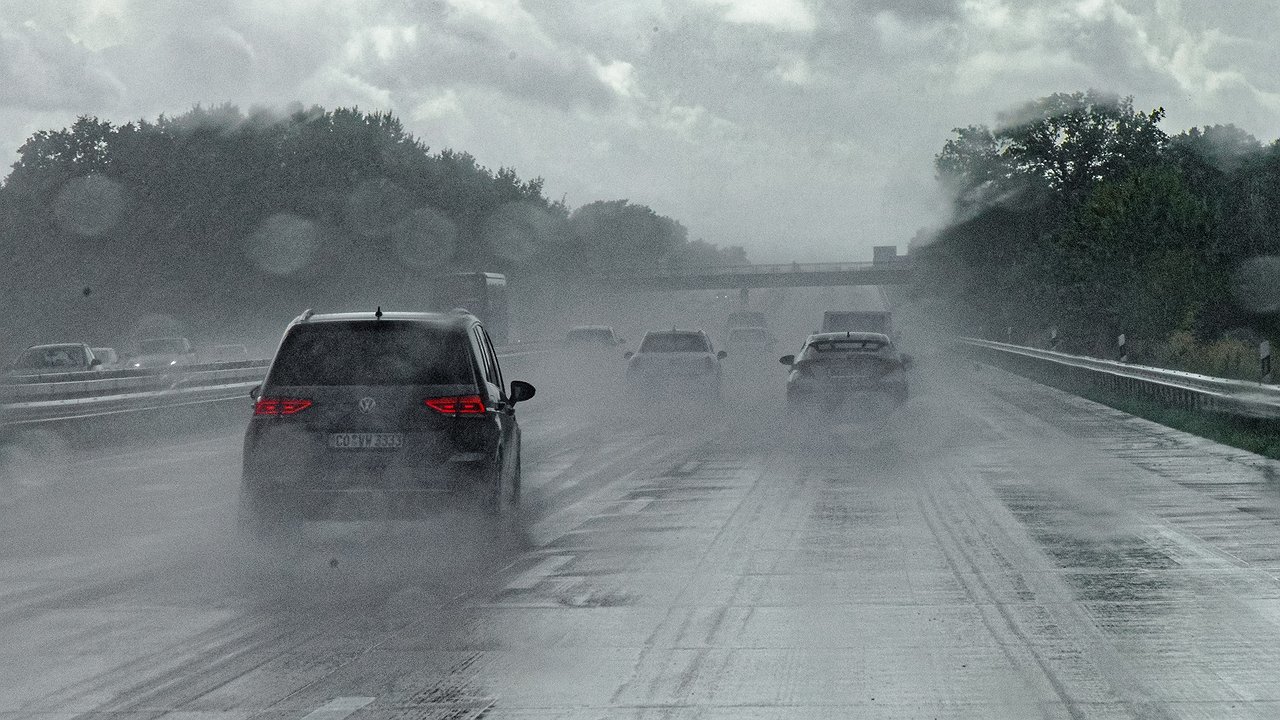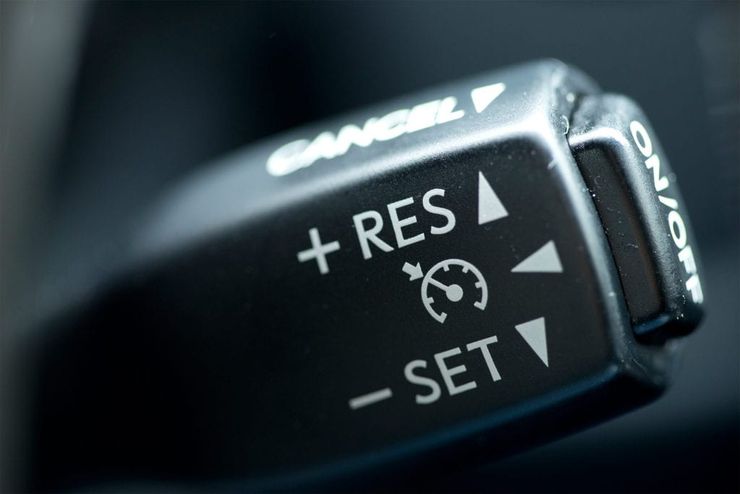Why is it strongly discouraged to use cruise control in a car in the fall?
- September 16, 2023
- 0
We have all long been accustomed to the fact that modern cars are packed with all kinds of smart auxiliary assistants – from the function of keeping the
We have all long been accustomed to the fact that modern cars are packed with all kinds of smart auxiliary assistants – from the function of keeping the

Of course, this function is very useful during long trips. Press the button, set the speed limit and pay attention to the road, regularly pressing the brake pedal if potentially dangerous objects appear on the roadway.
However, the most advanced models of our time have an adaptive cruise, which can independently slow down if necessary, maintain distance from the vehicle in front and even brake to a complete stop. But as cool as the electronic assistant is, it also has a downside. Especially if you operate the car in the fall.
As we know, due to the abundance of rain in the autumn season, the roads are covered with puddles, and with the first frosts with an ice film. What does this mean down the road? That’s right: the effect of aquaplaning, where tires lose grip on the road due to a layer of water on the road surface. At such times, the car immediately becomes out of control, increasing the chance of an uncontrolled skid, which can lead to an emergency situation. What does cruise control have to do with this? Let’s talk.
When the speed limiter is set, the function stimulates the engine considerably to accelerate, forcing the car to accelerate intensively. And when accelerating aggressively, the wheels – if they land in a puddle or on an ice crust – run the risk of immediately becoming “stuck”, causing the very treacherous effect of aquaplaning.
And it doesn’t matter how fast the car is going. Of course, it is much easier to catch it at low speeds while maintaining trajectory than at high speeds. When performing any maneuver, even low speed can play a cruel joke on the driver, making it impossible to correct the car at the right time. We have already described above how this could end.
An additional argument against cruising on wet surfaces are drops of gasoline, engine oil and other technical substances that concentrate on the surface of the body of water, causing the wheels to slip and worsening their grip. At the same time, it’s important to remember that even the coolest, highly advertised tires run the risk at some point of losing contact with the road, leaving the car floating freely.
Therefore, when the first drops of rain, or even worse, snowflakes, seasoned with a sharp drop in temperature, appear, it is still better to turn off the cruise control, which can do things that you would not wish on your enemy.

Of course, this function is very useful during long trips. Press the button, set the speed limit and pay attention to the road, regularly pressing the brake pedal if potentially dangerous objects appear on the roadway.
However, the most advanced models of our time have an adaptive cruise, which can independently slow down if necessary, maintain distance from the vehicle in front and even brake to a complete stop. But as cool as the electronic assistant is, it also has a downside. Especially if you operate the car in the fall.
As we know, due to the abundance of rain in the autumn season, the roads are covered with puddles, and with the first frosts with an ice film. What does this mean down the road? That’s right: the effect of aquaplaning, where tires lose grip on the road due to a layer of water on the road surface. At such times, the car immediately becomes out of control, increasing the chance of an uncontrolled skid, which can lead to an emergency situation. What does cruise control have to do with this? Let’s talk.
When the speed limiter is set, the function stimulates the engine considerably to accelerate, forcing the car to accelerate intensively. And when accelerating aggressively, the wheels – if they land in a puddle or on an ice crust – run the risk of immediately becoming “stuck”, causing the very treacherous effect of aquaplaning.
And it doesn’t matter how fast the car is going. Of course, it is much easier to catch it at low speeds while maintaining trajectory than at high speeds. When performing any maneuver, even low speed can play a cruel joke on the driver, making it impossible to correct the car at the right time. We have already described above how this could end.
An additional argument against cruising on wet surfaces are drops of gasoline, engine oil and other technical substances that concentrate on the surface of the body of water, causing the wheels to slip and worsening their grip. At the same time, it’s important to remember that even the coolest, highly advertised tires run the risk at some point of losing contact with the road, leaving the car floating freely.
Therefore, when the first drops of rain, or even worse, snowflakes, seasoned with a sharp drop in temperature, appear, it is still better to turn off the cruise control, which can do things that you would not wish on your enemy.
Source: Avto Vzglyad
Donald Salinas is an experienced automobile journalist and writer for Div Bracket. He brings his readers the latest news and developments from the world of automobiles, offering a unique and knowledgeable perspective on the latest trends and innovations in the automotive industry.